Banded Mongoose
- February 8, 2024
- 0 comment
The banded mongoose, a captivating creature native to various regions across sub-Saharan Africa, is renowned for its intricate social structure and fascinating behavior. Sporting a distinctive appearance with its slender body, short legs, and bushy tail, this small carnivore is characterized by dark bands across its back, from which it derives its name. Banded mongooses live in cohesive groups known as troops, where hierarchical dynamics govern interactions and ensure cooperative survival strategies. Within these troops, communication is key, with a diverse array of vocalizations and body language facilitating social cohesion and coordination.
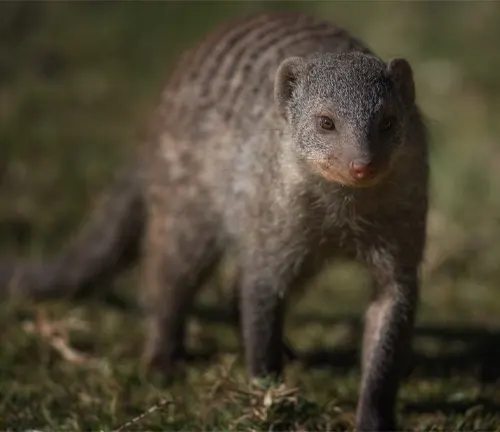
Omnivorous by nature, banded mongooses have a varied diet consisting of insects, small mammals, birds, fruits, and seeds, often employing cooperative hunting techniques to secure their meals. Reproduction occurs during the rainy season, with females giving birth to litters of pups that are cared for communally within the troop. Despite facing threats from predators and human activities such as habitat loss and persecution, banded mongooses continue to thrive in their natural habitats, playing a vital role in the ecosystems of Africa.
| Specification | Description |
|---|---|
| Scientific Name | Mungos mungo |
| Habitat | Sub-Saharan Africa, including savannas, woodlands, and grasslands |
| Size | 30 to 45 centimeters in length |
| Weight | Typically between 1.5 to 3 kilograms |
| Coat Color | Predominantly brown or gray with dark bands across the back |
| Social Structure | Lives in groups called troops with strict hierarchical dynamics |
| Diet | Omnivorous, feeding on insects, small mammals, birds, fruits, and seeds |
| Reproduction | Breeding occurs during the rainy season, with females giving birth to litters of 2 to 6 pups |
| Lifespan | Approximately 6 to 10 years in the wild |
| Conservation Status | Least concern (IUCN), although populations may face threats from habitat loss and human activities |
Exploring the Fascinating Lives of Africa’s Social Carnivores
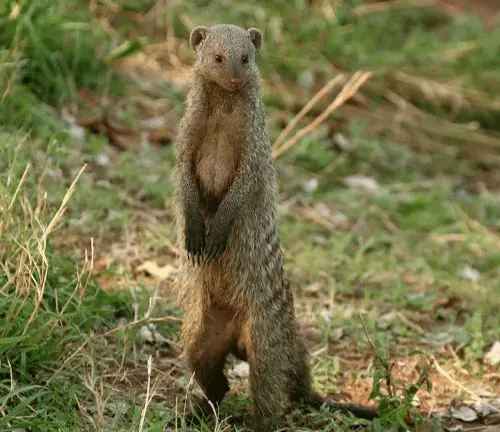
Banded mongooses, scientifically known as Mungos mungo, are small carnivores found in various regions across Africa. Despite their diminutive size, these creatures boast a complex social structure and exhibit fascinating behavior patterns. Let’s delve into the intriguing world of banded mongooses, exploring their habitat, behavior, diet, and more.
Habitat and Distribution
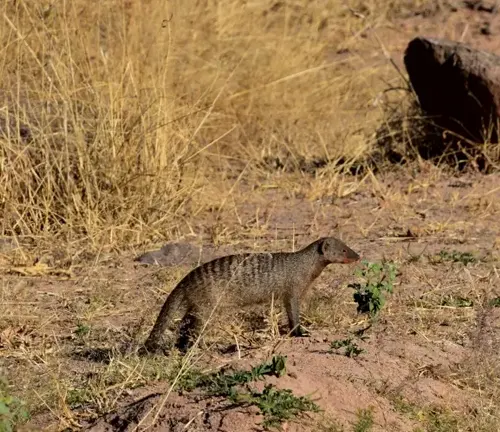
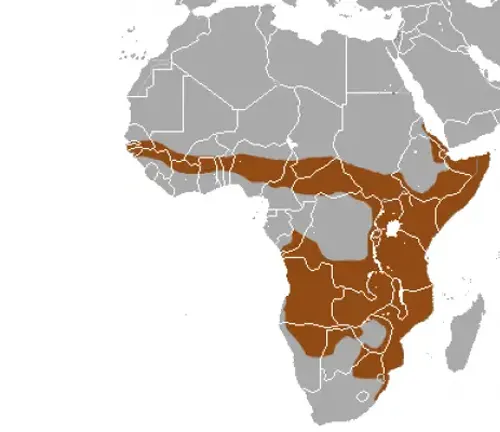
The banded mongoose (Mungos mungo) is primarily found in sub-Saharan Africa, inhabiting a variety of habitats including savannas, woodlands, and grasslands. They are particularly abundant in regions such as the Serengeti plains, Kruger National Park, and the Kalahari Desert. These adaptable creatures can also be found in agricultural areas and human settlements. Banded mongooses are highly social animals and are often observed in groups called troops, which can consist of up to 30 individuals. Their ability to thrive in diverse habitats contributes to their wide distribution across the African continent.
Physical Characteristics
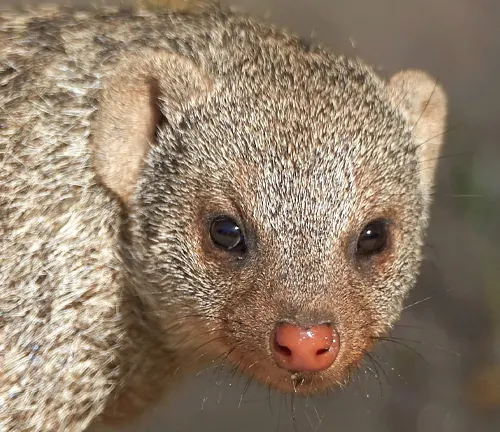
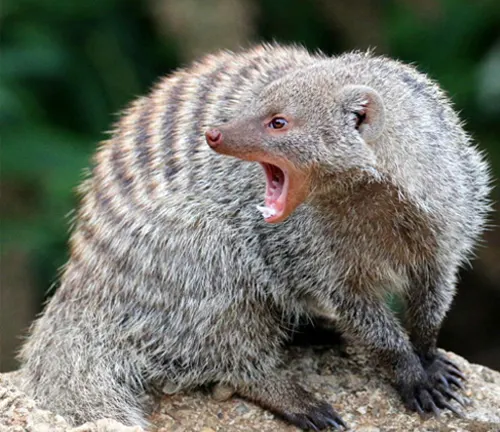
The banded mongoose (Mungos mungo) possesses several distinctive physical characteristics that contribute to its unique appearance. These features include a slender body, short legs, and a long, bushy tail. Typically, banded mongooses measure between 30 to 45 centimeters in length. They have a relatively small size compared to other carnivores, weighing between 1.5 to 3 kilograms on average. One of the most prominent features of the banded mongoose is its coat coloration, which is predominantly brown or gray with dark bands across its back. These bands give the species its name and serve as a form of camouflage in their natural habitat. Additionally, banded mongooses have sharp claws and teeth, which they use for digging burrows and capturing prey. Overall, the physical characteristics of the banded mongoose are well-adapted to its environment and lifestyle as a social carnivore in the African savannas and woodlands.
Social Structure and Behavior
The banded mongoose (Mungos mungo) is known for its highly social nature and complex group dynamics. These creatures live in cohesive groups called troops, which can consist of up to 30 individuals. Within these troops, there is a strict hierarchical structure, with dominant individuals having priority access to resources such as food and mates. The social hierarchy is maintained through various forms of communication, including vocalizations, body language, and scent marking.

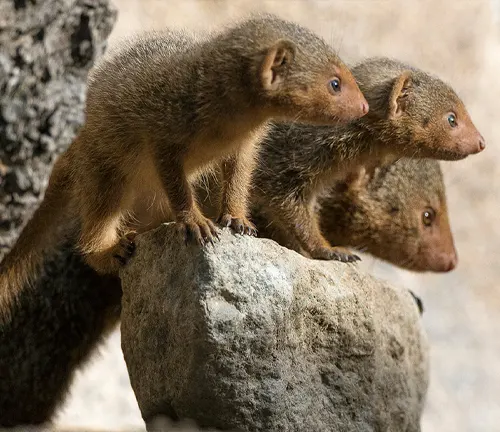
Communication plays a crucial role in the social behavior of banded mongooses. They use a diverse range of vocalizations, including chirps, growls, and alarm calls, to convey information within the group. Body language, such as grooming, tail movements, and facial expressions, also plays a significant role in communication and social bonding.
Banded mongooses are highly cooperative animals, working together to forage for food, defend territory, and care for young. They employ coordinated hunting strategies, with individuals taking on different roles to maximize efficiency and success. For example, some members of the troop may act as sentinels, keeping watch for predators while others search for prey.
Diet and Feeding Habits
The banded mongoose (Mungos mungo) is an omnivorous animal with a diverse diet that includes a variety of foods. These creatures primarily feed on insects, such as beetles, termites, grasshoppers, and caterpillars, which they hunt by digging through leaf litter and soil or by overturning rocks and logs. In addition to insects, banded mongooses also consume small mammals, birds, eggs, fruits, and seeds.

Reproduction and Life Cycle
The reproduction and life cycle of the banded mongoose (Mungos mungo) are fascinating aspects of its biology. Breeding in banded mongooses typically occurs during the rainy season when food availability is abundant and environmental conditions are favorable. Mating behavior is characterized by ritualized displays of dominance among males, with dominant individuals having priority access to mating opportunities.

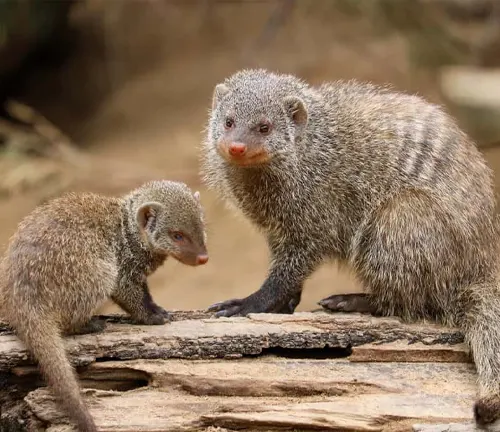
After mating, female banded mongooses undergo a gestation period of approximately two months before giving birth to a litter of pups. The size of the litter can vary but typically ranges from 2 to 6 pups. Newborn banded mongoose pups are blind, deaf, and entirely dependent on their mother for nourishment and protection.
Once the pups are born, the responsibility for caring for them is shared among all members of the troop. Adult mongooses take turns babysitting and protecting the pups, allowing the mother to forage for food and rest. This communal care system helps to ensure the survival of the vulnerable offspring and strengthens social bonds within the group.
Different Species
Striped mongoose
(Mungos mungo)
Also known as the banded mongoose, this species is found in sub-Saharan Africa and is known for its distinctive coat pattern of dark bands across its back.
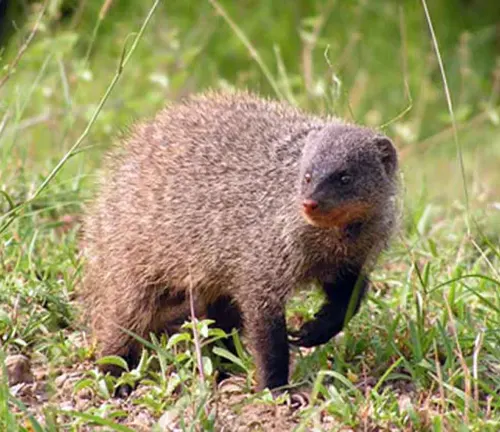
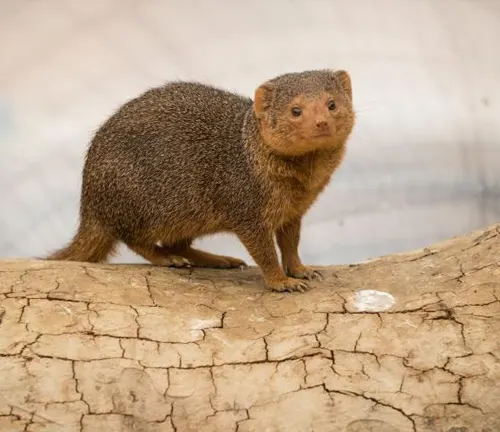
Dwarf mongoose
(Helogale parvula)
Though not technically part of the Mungos genus, the dwarf mongoose is often referred to as a banded mongoose due to its similar social structure and behavior. It is found in various habitats across Africa and is the smallest mongoose species.
Ruddy mongoose
(Herpestes smithii)
Another species sometimes referred to as a banded mongoose, the ruddy mongoose is found in India and Sri Lanka. It has a reddish-brown coat and is known for its solitary habits compared to the more social banded mongoose species.
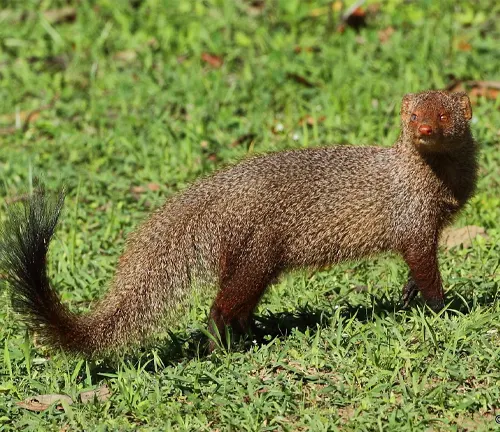
Frequently Asked Questions (FAQs)
- Where are banded mongooses found in the wild?
Banded mongooses are found in various regions across sub-Saharan Africa, including savannas, woodlands, and grasslands. - What is the typical group size of a banded mongoose troop?
The typical group size of a banded mongoose troop can range from 10 to 30 individuals, although larger groups have been observed. - How do banded mongooses communicate with each other?
Banded mongooses communicate with each other through a variety of vocalizations, including chirps, growls, and alarm calls. They also use body language such as grooming, tail movements, and scent marking to convey information within the group. - What is the lifespan of a banded mongoose in captivity?
In captivity, banded mongooses can live up to 12 years or more with proper care and nutrition. - Do banded mongooses have any natural predators?
Yes, banded mongooses have natural predators including birds of prey, snakes, and larger carnivores such as lions and hyenas. - Are banded mongooses kept as pets?
While banded mongooses may be kept as exotic pets by some individuals, they are wild animals and have specific dietary and social needs that can be challenging to meet in a domestic setting. - How do banded mongooses defend themselves from predators?
Banded mongooses defend themselves from predators by using their sharp claws and teeth, as well as employing group defensive strategies such as mobbing and vocal alarm calls to warn others in the troop. - Do banded mongooses migrate or stay in one area year-round?
Banded mongooses typically stay in one area year-round, although they may move short distances in search of food or to avoid competition with other groups. - What is the role of dominant individuals within a banded mongoose troop?
Dominant individuals within a banded mongoose troop have priority access to food and mates, and play a key role in maintaining social order within the group. - Are banded mongooses endangered species?
Banded mongooses are currently classified as least concern by the IUCN, although certain populations may be threatened by habitat loss and human activities. - What is the average litter size of banded mongoose pups?
The average litter size of banded mongoose pups is typically 2 to 6 pups per litter. - Do banded mongooses hibernate during the winter?
No, banded mongooses do not hibernate. They remain active throughout the year, foraging for food and maintaining their social bonds. - How do banded mongooses forage for food?
Banded mongooses forage for food by using their keen sense of smell to locate prey such as insects, small mammals, birds, fruits, and seeds. They employ cooperative hunting strategies, working together to flush out prey from hiding places and coordinate their attacks. - What are the main threats to banded mongoose populations?
The main threats to banded mongoose populations include habitat loss due to agriculture and urban development, as well as human activities such as persecution and roadkill. - How do banded mongooses contribute to their ecosystem?
Banded mongooses play an important role in their ecosystem by controlling insect populations, dispersing seeds, and providing food for predators. Additionally, their burrowing behavior helps to aerate the soil and create habitats for other species.





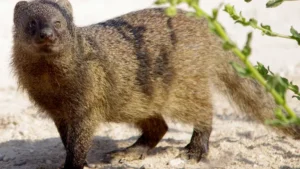



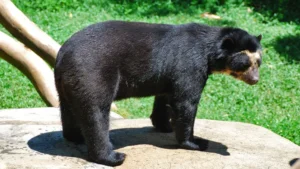
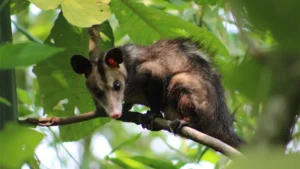

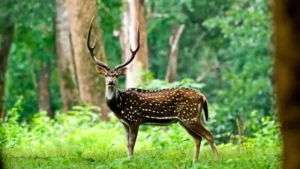

Leave your comment